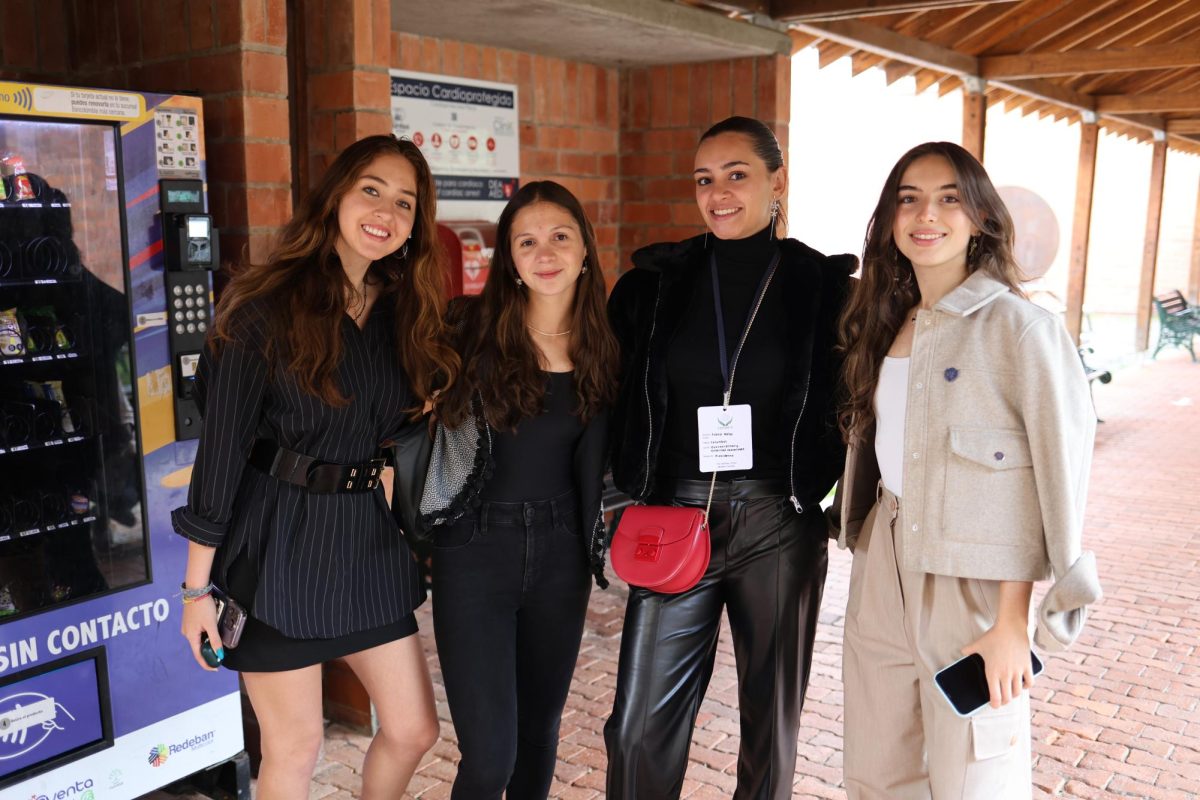In the world of Model United Nations (MUN), where students simulate global diplomacy, you might expect discussions to focus only on international affairs. However, behind the scenes, another intriguing conversation exists. The stereotypes related to wardrobe choices. As delegates prepare to represent countries and debate critical issues, their outfits reflect cultural perceptions, personal styles, and norms. This feature delves into the world of COSMUN, TCS MUN, and wardrobe stereotypes.
COSMUN is an anticipated annual event, taking place in the first week of March, where both national and international schools meet to simulate UN committees. This year, the event took place from March 7th to 9th, drawing in approximately 500 participants from Costa Rica, Cali, Bogota, and Medellin.
“This year, we exceeded expectations… The event was monumental, and it was truly an honor to be part of this dream turned into reality. Every attendee brought such beautiful energy and positivity to
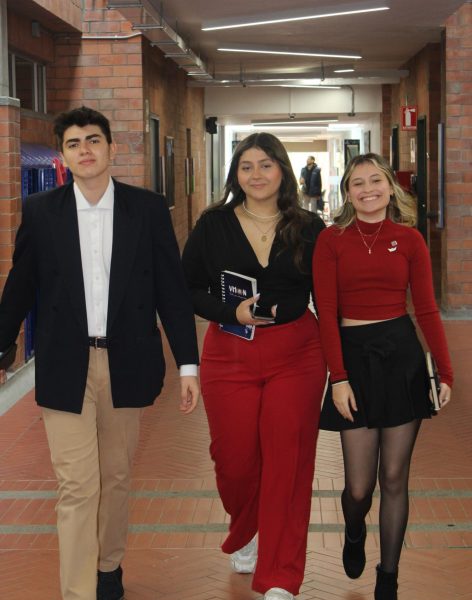 the event,” Senior Mariana Mesa, Secretary-General, said.
the event,” Senior Mariana Mesa, Secretary-General, said.
This year, the COSMUN press team launched a TikTok account showcasing the standout outfits of each day of the event. The initiative aimed to foster a sense of community and inclusion, leveraging social media platforms to extend a warm welcome to external delegates and enhance their experience at the conference.
The account name is @cosmun_tcs
In MUN, there is a strict dress code prohibiting small or revealing clothing, this is a non-negotiable norm. Often enforced by conference presidents with the authority to expel non-compliant delegates. This expectation aims to cultivate a professional environment in real-world diplomatic settings, emphasizing the importance of courtesy and respect.
While supporters argue that such standards uphold the seriousness of discussions of global issues, critics say that they suffocate individual expression.
“Even though I know that the norm doesn’t let you express yourself as you would want to, it is a norm and we must respect it,” Senior Sofia Valencia said.
This year’s COSMUN showcased diverse styles. While some delegates stuck to traditional and understated outfits that conformed to the norm, others embraced bolder choices, experimenting with vibrant colors, unconventional styles, unique cuts, and eye-catching accessories.
The Traditionalist vs. The Innovator
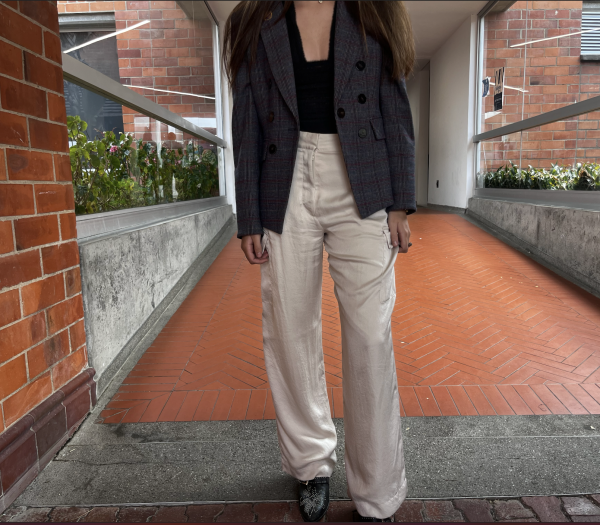
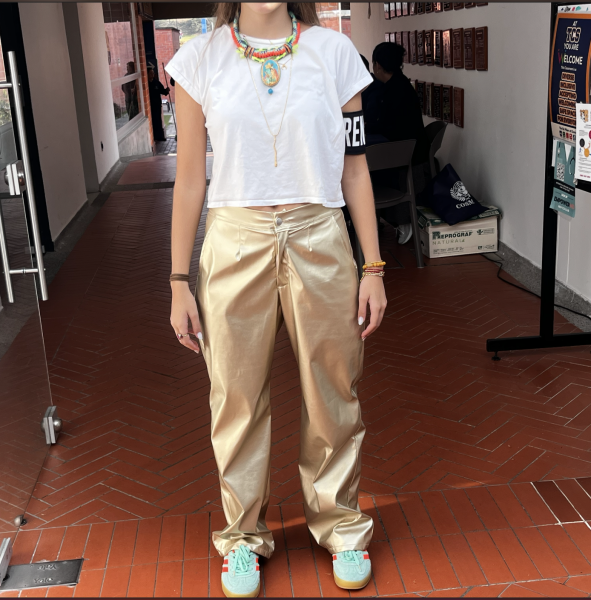
In the world of MUN, two distinct archetypes often emerge: the Traditionalist and the Innovator. The Traditionalist uses closely conventional diplomatic
clothes, opting for tailored suits, crisp shirts, and conservative accessories. On the other hand, the Innovator challenges norms, experimenting with bold colors, cultural clothes, and unconventional accessories.
Through interviews with delegates, we uncover the motivations behind each approach and how they intersect with personal identity and diplomatic strategy.
When choosing your outfit for COSMUN, what specific message or impression are you aiming to convey?
“In selecting my outfit for COSMUN, my primary goal is to create a sense of professionalism and authority. Because I am the president of the committee SENATE, I want to present myself as serious and to generate respect from delegates and observers, demonstrating my commitment to the event,” Santiago Lopez, Grade 11, said.
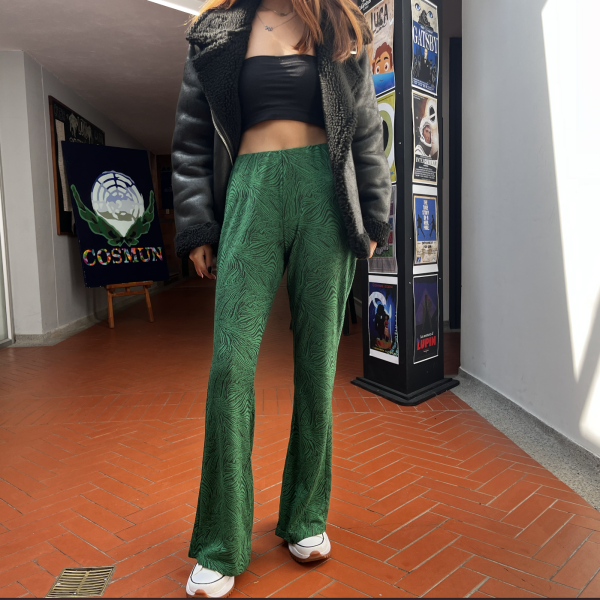
“This morning selecting my outfit I wanted to express to show my style through elegant and conservative attire. I chose colorful pants with a funky style but I left my top as classy as possible… This outfit compacts my feelings of the day and my streetwear style in one piece,” Valencia said.
Cultural Authenticity vs. Global Appropriation
One of the most controversial issues in COSMUN wardrobe stereotypes is the balance between cultural authenticity and cultural appropriation. While some delegates proudly showcase traditional wardrobes from their represented nations as a symbol of respect and authenticity, others face criticism for appropriating cultures they may not fully understand.
In COSMUN some committees will have delegates represent a person instead of a nation, therefore many delegates use this as an excuse to play dress up and try to copy someone else wardrobe.
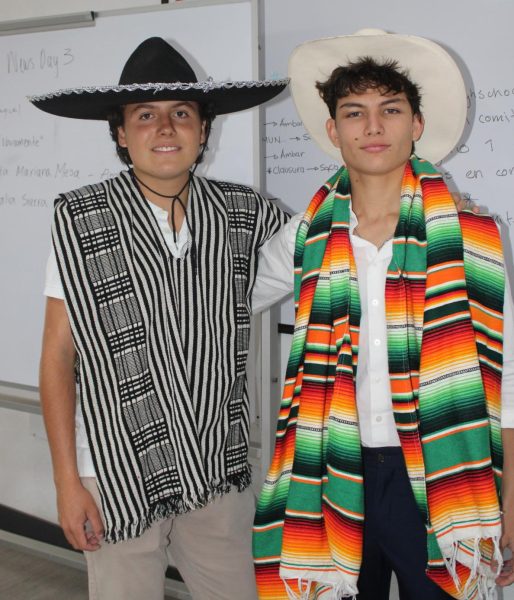
For instance, in Lopez’s committee, the COLOMBIAN SENATE, numerous delegates carefully select their outfits, considering the representation of the roles they embody. This thoughtful approach extends beyond clothes to accessories and symbolic items. A longstanding tradition in MUN involves bringing decorations that symbolize one’s nation, such as flags, cultural artifacts, or other emblematic items.
“This year I was in charge of taking the committee pictures and when I entered the Historical Committee, I saw one delegate dress up as a Russian Cossack. He wore a fur hat, fur coats, and leather boots, representing Russian cultural heritage and practical needs,” Senior Pascual Cardozo, press member, said.
As the curtains close on another COSMUN, the stereotypes of wardrobe remain an enduring narrative. While some delegates and participants stick to tradition, others boldly follow new paths, challenging the standard norms and creating conversations that extend far beyond their committee. Every year and at every conference people see new trends and hope for the next COSMUN to bring an incredible sense of style to its delegates.



